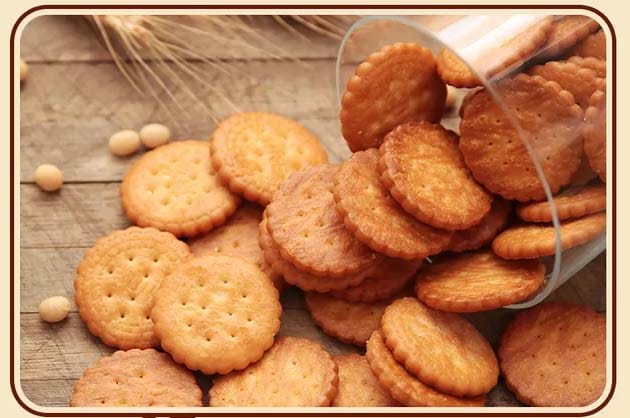Southern cooks have several tricks when it comes to making tender and delicious biscuits, from the cutters they use, to the type and amount of liquid incorporated, to the number of kneads required to turn out a perfect dough. The not-so-secret ingredient they rely upon is soft wheat flour. Soft wheat thrives in temperate, moist climates like that of the mid-Atlantic, so cooks in those areas have had access to its special flour for a long time.
So, while biscuits were certainly baked in Northern kitchens, they didn’t replace bread as the carbohydrate of choice. In the South, by contrast, the available flour was milled from low-protein soft wheat, which lacks the protein content necessary to make great bread but is the ideal flour for biscuits.

In subsequent attempts, I tried everything I could think of to get it right. I worried about buttermilk quality, so I bought an expensive bottle at the farmers’ market, which did nothing. I tried different fat sources, including butter and lard, which made small differences in flavor and texture but still resulted in a shape and density better suited for a hockey rink than a plate. I made sure all of my ingredients were ice-cold when I started mixing, which is a good tip in general, but did not fix my problem. I kneaded the dough more or less, made it wetter or drier. The only thing left was the flour, but I figured it couldn’t be that—wasn’t self-rising flour the same everywhere? We had just used regular grocery-store flour back home.
Ten years later, that hope has not come to fruition. J.M. Smucker did not return a request for comment, but the product-finder on the White Lily website turned up no retailers north of Richmond, Virginia. The only bright spot out West is a single Walmart in Oklahoma. Dallas and Houston both lack any vendors. If you’re on the West Coast, forget it. Displaced southern bakers have been known to stuff a bag in their suitcases when visiting home. You can order the flour for delivery on Amazon, but it’ll cost you anywhere from $10 to $15 for a bag, many times the in-store retail price of around $2.50. And you better plan ahead, because in the week before Thanksgiving this year, all the self-rising options had already sold out.
With every dense, dry, flat, scone-adjacent clump of carbohydrates, I became more distressed. I didn’t even realize biscuits could be bad, given how abundant good ones were in the South. Even my mom, a reluctant-at-best cook, made them every week without batting an eyelash. The recipe she used had been on my dad’s side of the family for at least three generations.
I asked my mom to email me the recipe, and it was three ingredients (self-rising flour, shortening, and buttermilk), mashed together with a fork. I’m not an accomplished baker, but I cook frequently, and this was the kind of recipe that had long been used by people without a lot of money, advanced kitchen tools, or fancy ingredients. Confident that I could pull it off, I marched right out and bought the ingredients. The result: biscuits that were just as terrible as all the other ones in New York. Not to be dramatic, but my failure destabilized my identity a little bit. What kind of southerner can’t make biscuits?
Because of that, White Lily became an indicator of culinary success and the gold standard of southern kitchens, and its place in both the grocery market and southern culture has endured for more than a century. In 2007, the brand was bought by J. M. Smucker, and the prospect of moving White Lily’s flour production out of the South caused such a panic among southern cooks that The New York Times covered it in depth. For knowledgeable bakers and regional expatriates outside the South, though, that move presented a flicker of hope: If a national brand owned the company, maybe its products would finally get national distribution.
Southern cooks have several tricks when it comes to making tender and delicious biscuits, from the cutters they use, to the type and amount of liquid incorporated, to the number of kneads required to turn out a perfect dough. The not-so-secret ingredient they rely upon is soft wheat flour. Soft wheat thrives in temperate, moist climates like that of the mid-Atlantic, so cooks in those areas have had access to its special flour for a long time.
The Southern History Of Biscuits | Southern Living
FAQ
Why Northerners can’t make biscuits?
What is the history of Southern style biscuits?
What kind of flour do you use for Southern biscuits?
How do you eat Southern biscuits?
